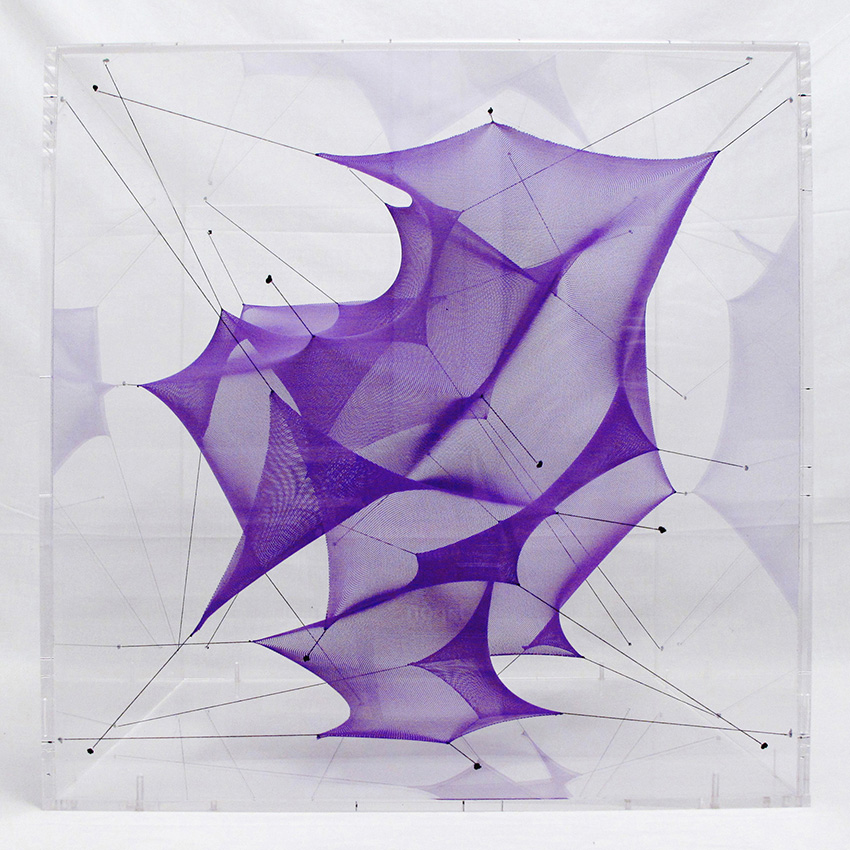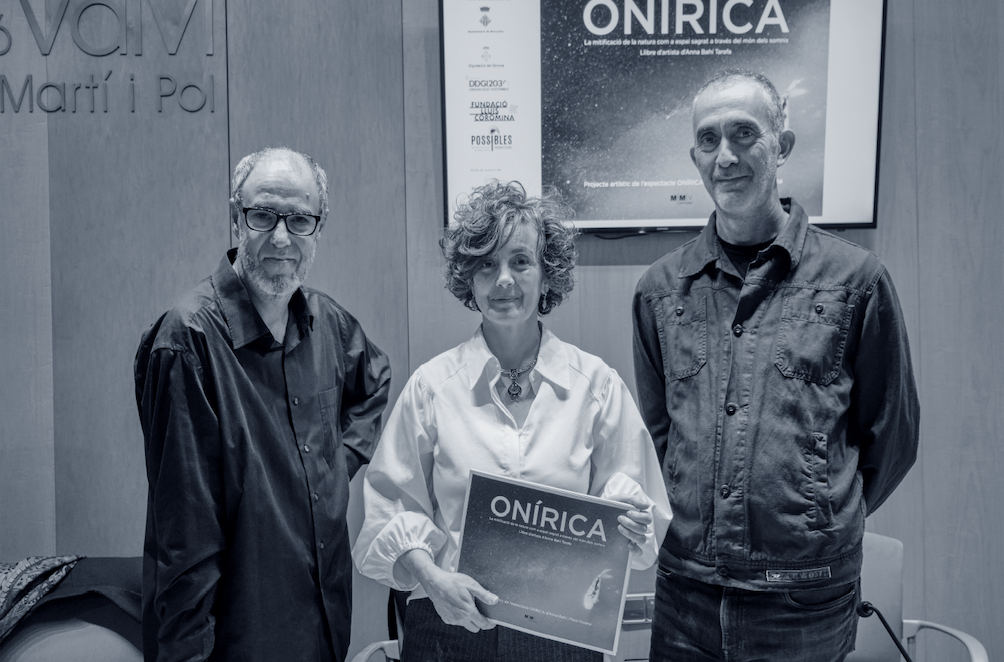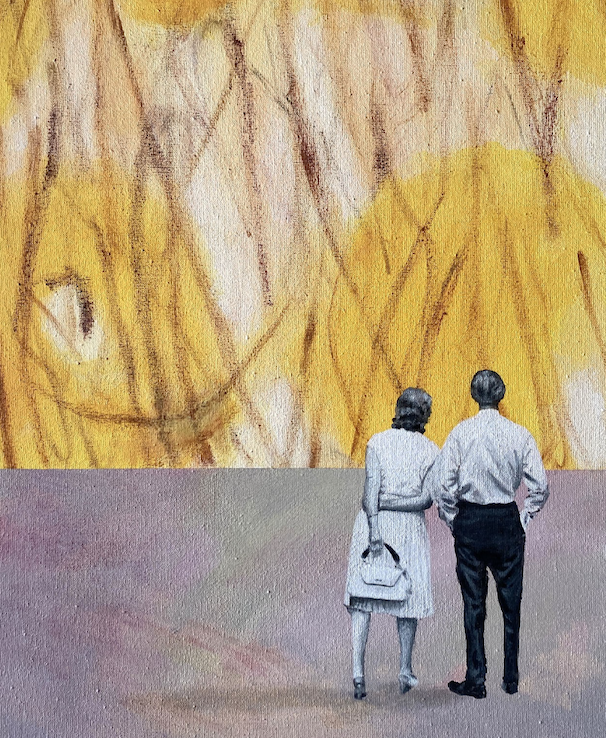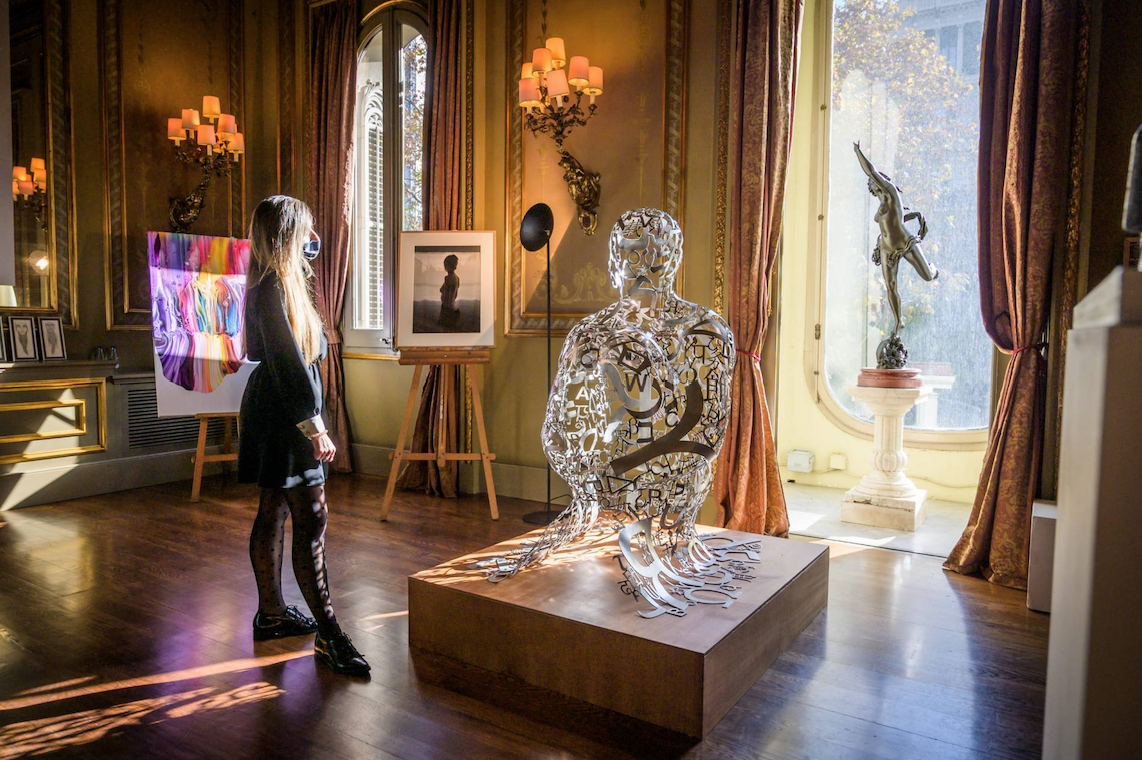Opinion
Emergency in precarious state
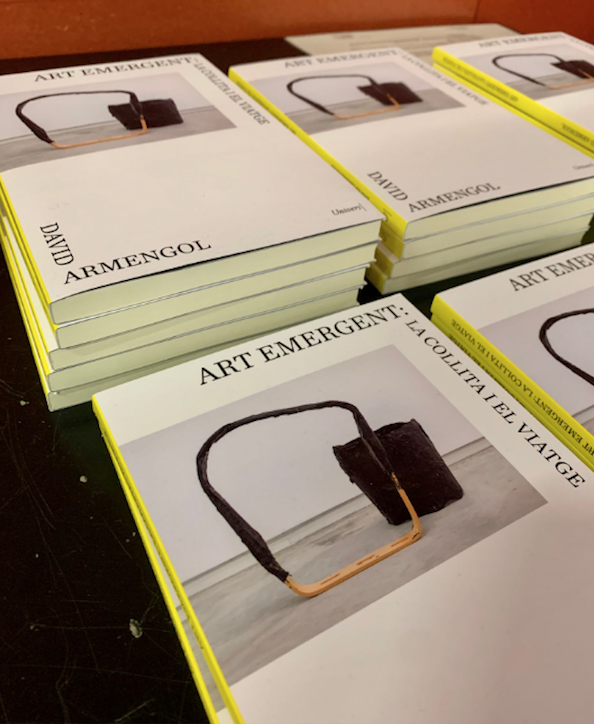
January 1992, the city of Barcelona is excited thinking about the upcoming Olympics. In the lower part of the Rambles, at the Santa Mònica Art Center, one of the exhibitions that will be most significant in the coming years in the city is being prepared: Art is just a word. Ideas and attitude. Environment of conceptual art in Catalonia, 1964-1980... , curated by Pilar Parcerisas. The very long subtitle catches my attention, with a dot in the middle forming two sentences, and the three final dots, as if indicating one will continue... Pilar Parcerisas was not wrong. It continued. The review of conceptual artists that MACBA methodically started in the Bartomeu Marí period seemed to follow the list of artists proposed on the back cover: Francesc Torres, Benet Rossell, Àngels Ribé, Joan Rabascall, Miralda...
It was a virtue of the exhibition, that with almost no temporal distance, only seen ten to twenty years ago, it made a memory or made a record of what the conceptual artistic practices in Catalonia had meant. It was important in terms of historical revision, but mostly in terms of historical construction: this, it turns out, was and had been conceptual art.
If we look back, this tone of historical review is curious considering that it exhibited active artists who ranged from the 44-year-old Francesc Torres at the time to the 57-year-old Joan Rabascall. And if we think about it from the present, it would be equivalent to thinking about what has happened to the generation that started exhibiting between ten and twenty years ago, in the two thousand. It is part of the work that David Armengol has done in his recent book on the emergence in Catalan art: Emerging Art: the harvest and the journey . At the presentation of the book at Escola Massana, Antonio Ortega asked him if, more than a transitory state, this emergent condition was the definition of an avant-garde.
The question kept bouncing around in my head. In the same way that for the artists of the seventies we applied the rubric of conceptual, for those of the two thousand we will use the one of emergency, as if what defined this generation was a state of precariousness, transitory, indefinite, fluid, liquid and emergent .
The seventies were the years of conceptual art, the eighties of the return to painting, the two thousand of the emerging. But what about the nineties? The boomers , real losers .





